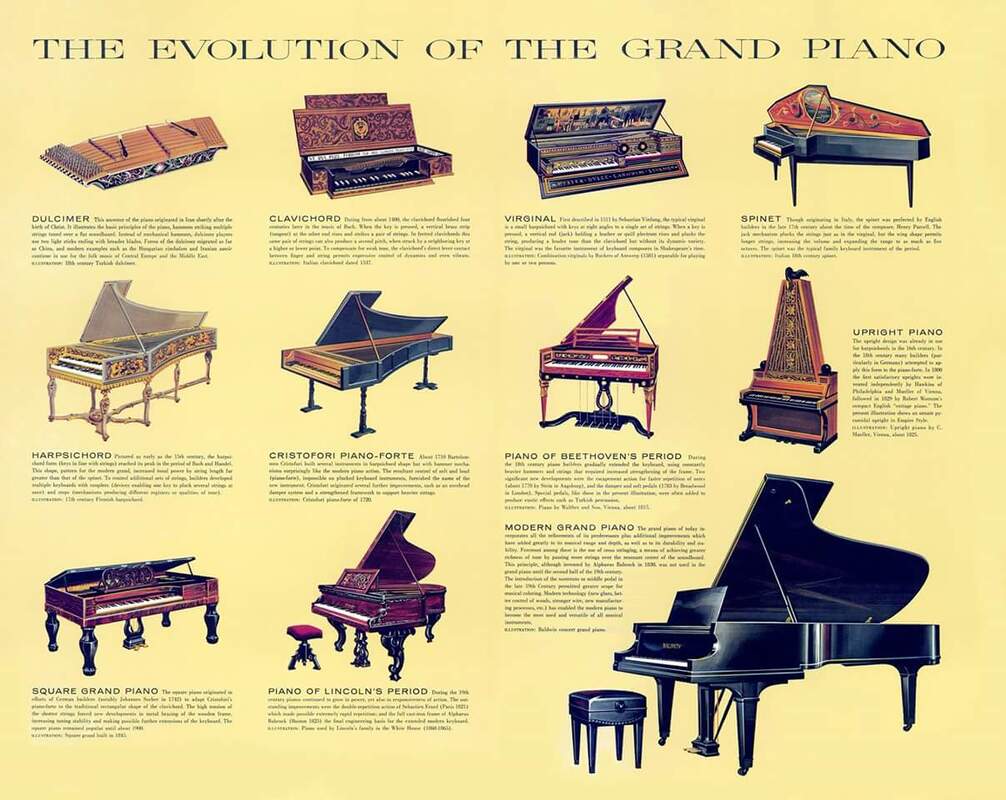TUCSON DULCIMER ENSEMBLE
Welcome!
Although we have many different Acoustic instruments in our Ensemble, we mainly are a Dulicmer ensemble.
Many people have no idea what a dulcimer is so I will give a brief description here.
There are two main types of dulcimers.
Mountain and Hammered.
Although we have many different Acoustic instruments in our Ensemble, we mainly are a Dulicmer ensemble.
Many people have no idea what a dulcimer is so I will give a brief description here.
There are two main types of dulcimers.
Mountain and Hammered.
|
The mountain dulcimer is an old stringed instrument. Its ancestor, the Scheitholt, was found in the late 1700's in Pennsylvania. The Appalachian people changed this instrument and came up with the dulcimer in the 1800's. The word dulcimer means "Sweet Music".
Mountain, lap, fretted and Appalachian dulcimer are different names for the same instrument.Many instruments have three or four strings and body shapes vary from hourglass to teardrop style. Yet another variable is size which combined with shape alters the tonality. Playable dulcimers can be as small as eight inches or as long as a yard stick. Many modes of tuning bring out different sounds on the dulcimer. The most frequently played modes used to play the mountain dulcimer are the Mixolydian and Ionian. The Ionian mode is tuned in D-A-A while the Mixolydian mode is tuned in D-A-D. They may also be tuned to different keys such as the Key of A, G or even E flat although the most common tuning is tuned to the key of D. The dulcimer is used to play many different types of music. Blues, jazz, folk, Celtic, classical, ragtime, Cajun, gospel, and more are played with this instrument. The dulcimer can be fretted, bowed, fingerpicked etc. to bring out different sounds. Originally the dulcimer was strummed with a quill. Now a pick is used or it is fingerpicked. A small piece of polished bone was used to bar the dulcimer. Today a short piece of dowel or your thumb is used. The dowel is called a noter. Many chords can be played on this instrument. . |
The true hammer dulcimer is a close relative to the psaltery, the chief difference being that the psaltery is usually plucked and the dulcimer is usually struck. Early varieties were rather simple, having relatively few strings which passed over bridges only at the sides.
The hammer dulcimer is an instrument easily played by ear. Once the tuning is understood, finding melodies is not at all difficult. Many things have been used for hammers. Bent pieces of cane or curved sticks are perhaps the simplest. Most hammers consist of thin handles with knobs on one end. Handles may be made from tortoiseshell, whalebone, spring metal, wood, and old corset stays. The knobs or hammer heads are usually wood, sometimes with a covering of leather or felt. Sticks with felt pads for hammers give a soft sound but can be hardened by dipping in thinned lacquer or shellac for a loud, crisp tone. Try making different kinds to discover what feels best to you. Hammers are usually held between thumb and forefinger or between the forefinger and long finger on each hand. Hold them lightly but firmly so that they bounce easily on the strings. Dulcimers are usually tuned with a fifth interval between notes on either side of the treble bridge, the left side being higher. The bass bridge carries longer strings and lower notes and usually only played on the left side. The treble bridge is played on both sides with the left side being the higher notes |
Did you know that the Mountain and Hammered Dulcimer has been played by several popular musicians or groups from present day and in the recent past back in the 1960's? Here are just a few of them: Dolly Parton, Cindy Lauper, Jim Varney (Ernest), and The Rolling Stones.
Check out these videos of Mountain Dulcimer from YouTube.
Check out these videos of Mountain Dulcimer from YouTube.
|
|
|
For information about TDE or joining us for a practice session please use the contact form on the About Us page or
E-mail us at [email protected].
E-mail us at [email protected].
